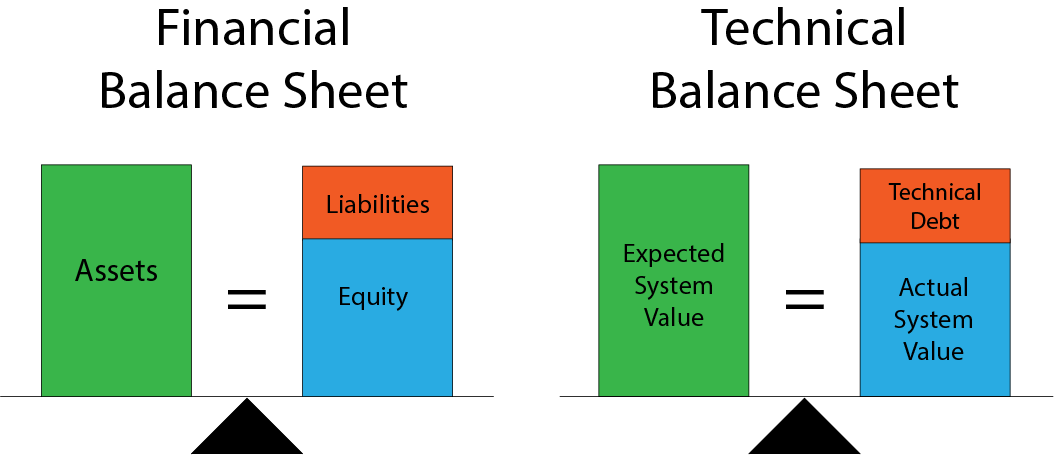Technical Debt
What is Technical Debt?
Definition:
Technical debt refers to the cumulative consequences of choosing quick and easy solutions in software development to meet immediate goals, which may result in suboptimal code quality and increased maintenance efforts over time. It represents the trade-off between short-term expediency and long-term maintainability.
Analogy:
Think of technical debt as a loan taken out by a software development team. Just as a loan allows immediate access to funds but comes with the obligation to pay it back with interest, technical debt involves taking shortcuts in coding to meet deadlines, with the understanding that future efforts will be needed to address and rectify these shortcuts.
Further Description:
Technical debt manifests in various forms, including:
Code Duplication: Copying and pasting code to address immediate needs without considering long-term maintainability.
Inadequate Documentation: Neglecting proper documentation of code, making it challenging for future developers to understand and modify.
Suboptimal Design: Opting for quick solutions rather than investing time in designing a robust and scalable architecture.
Bypassing Testing: Skipping thorough testing processes, leading to the accumulation of bugs and potential issues.
Outdated Dependencies: Failure to regularly update and manage third-party libraries and dependencies, risking security vulnerabilities.
Why is Technical Debt Important?
Quick Time-to-Market: Technical debt allows for faster delivery of software to meet immediate business needs and market demands.
Acknowledging Imperfections: Recognizing that software development involves trade-offs and compromises between speed and perfection.
Risk Management: Understanding and managing the risks associated with short-term decision-making in software development.
Balancing Priorities: Navigating the balance between delivering features promptly and maintaining a sustainable codebase.
Examples and Usage:
Rapid Feature Development: Implementing features quickly without optimizing code structure or design.
Postponed Refactoring: Delaying the improvement of code quality and architecture until a later time.
Shortcuts in Testing: Reducing or skipping testing phases to expedite the release process.
Legacy Codebase: Accumulating outdated and poorly maintained sections of code over time.
Key Takeaways:
- The trade-off in Development: Technical debt involves making trade-offs between short-term benefits and long-term consequences.
- Multiple Forms: It can manifest through code duplication, inadequate documentation, suboptimal design, testing bypasses, and outdated dependencies.
- Management and Mitigation: Acknowledging and actively managing technical debt is crucial for sustainable software development.
- Continuous Improvement: Regularly addressing and mitigating technical debt contributes to the long-term health and maintainability of software projects.





